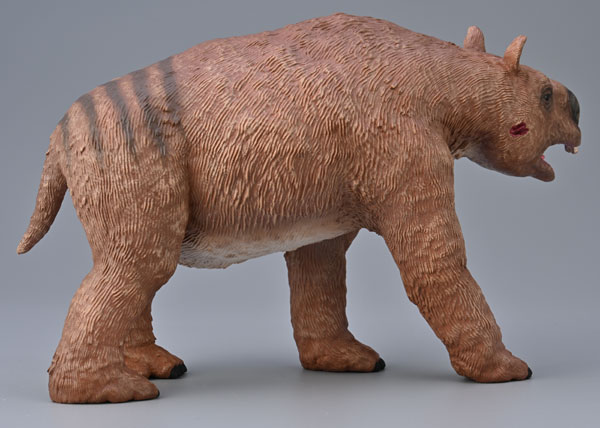Newly Found Australian Marsupial May Already Be Extinct
Scientists have identified a new species of marsupial in Australia. Unfortunately, this Bettong species is probably already extinct. Fossils found in caves of the Nullarbor and southwest Australia led to the discovery. The study, published in the journal “Zootaxa” involved studying specimens from several Australian museums and universities. In addition, Bettong taxa specimens from the London Natural History Museum and the Oxford University Museum of Natural History were also examined.
Picture credit: Nellie Pease
The research involved Curtin University, Murdoch University and the Western Australian Museum. The researchers identified a brand-new Bettong species (Bettongia haoucharae) and two subspecies of Woylie.
Assessing Bettong Taxa and the Ecological Role of these Marsupials
Bettong taxa belong to the marsupial order Diprotodontia. This order also contains the extinct giant Diprotodon, a relative of wombats and koalas. Fossils of Diprotodon remind us of Australia’s remarkable, prehistoric biodiversity.
CollectA introduced a 1:20 scale replica of a male Diprotodon last year (2024). This prehistoric animal figure helped to inform and educate collectors about Australia’s unique fauna.
To view the range of CollectA Deluxe prehistoric animal models in stock: CollectA Deluxe Prehistoric Animal Models.
Woylies, also known as Bettongs, are ecosystem engineers. They dig for fungi and turn over several tonnes of soil every year. This activity helps plants germinate and promotes soil health and healthy habitats. However, these marsupials are critically endangered.
New Discoveries About Australia’s Unique Wildlife
PhD student at Curtin University and lead author of the study, Jake Newman-Martin explained that this research led to the identification of a completely new Bettong species and two subspecies of Woylie. Sadly, some Bettong taxa may have already died out, even before we knew they existed.
The research divided the endangered Woylie into two living subspecies. This split is vital for conservation. It will guide future breeding and translocation projects designed to boost population numbers and genetic health.

Skulls of Bettong taxa from this investigation: (A) Bettongia ogilbyi sylvatica, (B) Bettongia ogilbyi odontoploica, (C) Bettongia penicillata, (D) Bettongia ogilbyi ogilbyi, (E) Bettongia haoucharae, and (F) Bettongia ogilbyi francisca. Note scale bar = 2 cm. Picture credit: Curtin University.
Picture credit: Curtin University
Fossils Provide New Clues
Co-author Dr Kenny Travouillon (Western Australian Museum) described the research methodology. The team measured skulls, teeth and bones from both Australian and UK collections. They confirmed distinct species and expanded the known diversity of these small marsupials.
The study highlights the value of examining fossils and using genetic tools. By combining these methods, scientists can unlock hidden diversity and shape conservation strategies for endangered marsupials.
The Implications for Species Conservation
The new Nullarbor species has been given the scientific name Bettongia haoucharae. Researchers plan to work with Indigenous communities to agree on an appropriate name. The word “woylie” itself comes from the Noongar language.
This research shines a spotlight on how much of Australia’s biodiversity has been lost. At the same time, it does offer hope. By identifying new species, scientists can establish more effective conservation plans.

Lead author of the study, Jake Newman-Martin, a PhD student in Curtin’s School of Molecular and Life Sciences examining the preserved remains of a specimen. Picture credit: South Australian Museum/Instagram.
Picture credit: South Australian Museum/Instagram
Mike from Everything Dinosaur commented:
“New discoveries such as this remind us how much we still do not know about extant animals. This newly discovered marsupial reminds us that just like the Diprotodon, animals are still vulnerable to extinction. The research reminds us of what can vanish. Conservation programmes are vital if we are to avoid more losses.”
The Everything Dinosaur website: Dinosaur Toys and Prehistoric Animal Models.
Everything Dinosaur acknowledges the assistance of a media release from Curtin University in the compilation of this article.
The scientific paper: “A taxonomic revision of the Bettongia penicillata (Diprotodontia: Potoroidae) species complex and description of the subfossil species Bettongia haoucharae sp. nov.” by Jake Newman-Martin, Kenny J. Travouillon, Natalie Warburton, Milo Barham and Alison J. Blyth published in Zootaxa.



